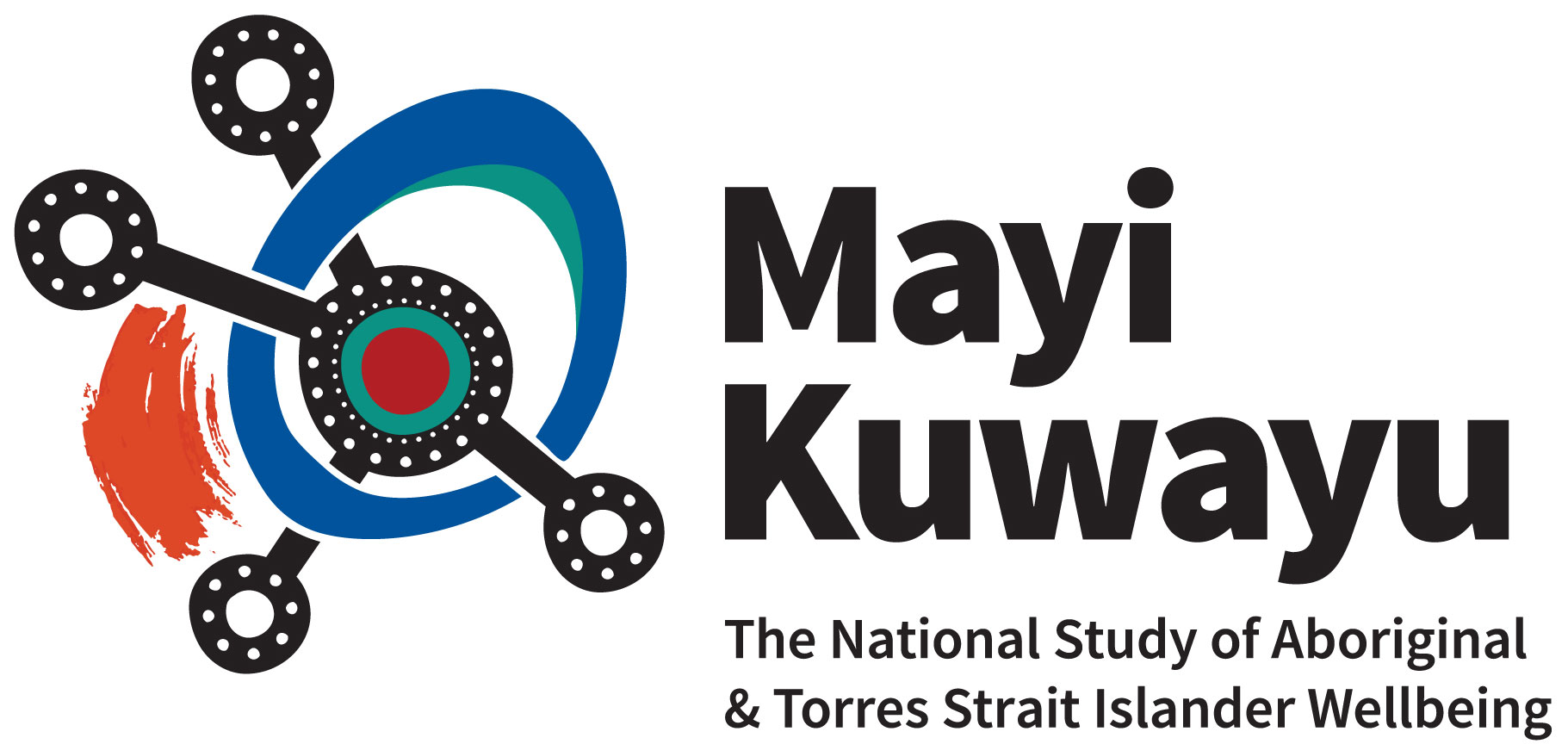The challenges of evaluating Indigenous violence programs

Report on violence against women in Indigenous communities released
September 5, 2017
Call to involve Indigenous communities more in family violence programs
September 7, 2017The challenges of evaluating Indigenous violence programs
A new report has found that more resources are needed to measure the effectiveness of programs aimed at stopping violence against women in Indigenous communities.
The report, prepared for Australia’s National Research Organisation for Women’s Safety (ANROWS) by researchers from the ANU National Centre for Epidemiology and Population Health (NCEPH) in collaboration with the Australian Institute of Aboriginal and Torres Strait Islander Studies, found that while programs to help Indigenous women are being taken up in communities in a successful manner, many of the programs are unaware of the extent of their success.
“It’s quite positive in that lots of communities are engaged in the space and in developing and getting programs running,” said the report’s co-researcher Dr Ray Lovett.
“However that’s not being met by the need for resources to actually run the programs and effectively evaluate them.”
Co-researcher Dr Anna Olsen said effective evaluation was rare.
“That is in part because they’re not sustainably funded and also they’re also not often funded to conduct evaluations,” she said.
Dr Olsen said their research had also found what she described as a “patchwork” of services that were not always funded in an ongoing fashion.
The researchers also found that Indigenous communities and Indigenous women wanted more programs that deal with family relationships and issues of trauma, communication breakdowns and intergenerational trauma including the effects of colonisation.
They found that Indigenous communities perceived family and domestic violence in a different way to the general population.
“In Indigenous communities violence tends to be constructed as a family issue. So it’s important that policy-makers and services providers understand that,” Dr Olsen said.
“I do think one of the key findings of the report is to stress that Aboriginal and Torres Strait Islander concepts of family violence can differ from mainstream feminist views and it’s really important to acknowledge and value that”.
Source: View Website
